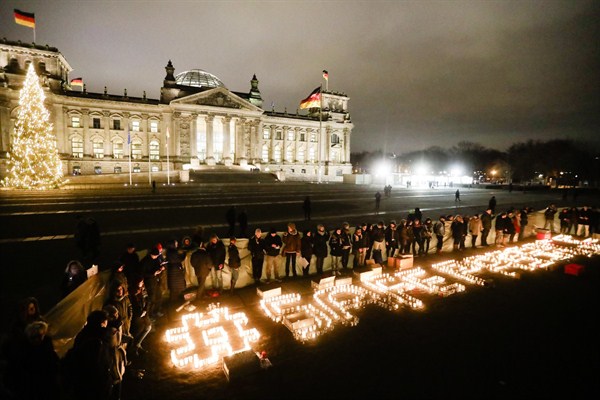The drama and disruptions of the year just ended fill some with dread for the new year. Will the challenges of domestic polarization and a tilt in international influence toward the nondemocratic powers of the East only worsen? Without sounding too naïve, it’s possible to imagine outcomes that are not the worst-case scenarios for three of the world’s enduring problems: the European refugee crisis, the Syrian civil war and the Israel-Palestine conflict.
The past year has been full of tumult, domestically in the U.S. and several major Western powers, as well as on the international stage. The election of Donald Trump as U.S. president startled and frightened half the American electorate. Russian policies have seemingly triumphed over American preferences in Syria. And uncertainties about power in the international system continue to grow. Some have already concluded that 2017 will be as bad if not worse than the year just past.
Given the worried mood in foreign policy circles, it’s easy to conflate the worst-case scenario with the most likely. And the long-term trends in many of the world’s conflicts may further erode the liberal international order in place for more than a half-century. In all probability, however, not everything will go from bad to worse in the next 12 months. The most likely outcomes are usually not at the extremes of peace or war—they are in the messy middle, as parties try to optimize their interests without resorting to all-or-nothing approaches. These outcomes may not be any party’s first choice, but they are more likely than the rosiest or darkest ones.

